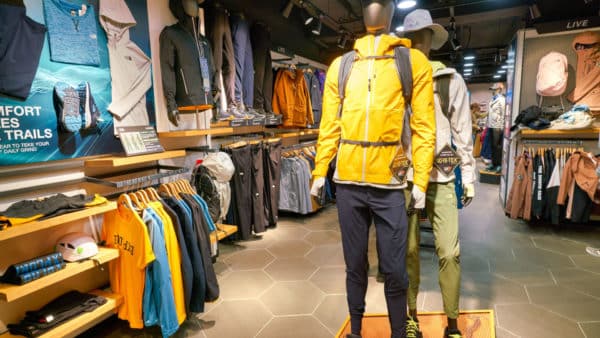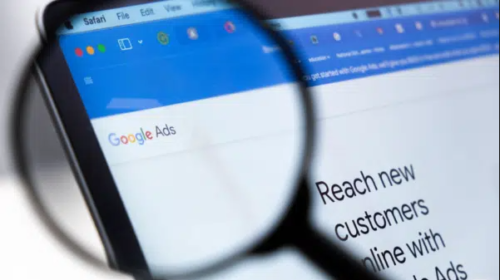4 things to learn about paid search from The North Face
Large retail brands face unique challenges when it comes to online marketing. Here are a few lessons to be learned.
I was thinking about these challenges recently and wanted to choose a brand and deep dive into how they handle their search campaigns.
The marketing demands of these brands can be difficult when you balance all the stakeholders, internally and externally. So, let’s take a look at 4 things you can learn in search from one of my favorite brands in this situation, The North Face:
- Own Local – blocking and tackling when you have stores
- Strong organic to help fund or offset paid search
- Branded search – watch the competition
- Getting the website right
To be clear: I have never worked with The North Face as a brand and I don’t know anyone who works there, so I have no insider information. This article is from an outside point of view and how I would assess their performance if I were to be in a business development pitch for their business.
1. Own local – blocking and tackling when you have stores
Brands that have their own locations would prefer customers to shop directly with them. They can control the experience, don’t have to compete with other brands, and can take home the biggest margins.
The first thing brands should do is ensure their location data (Google Business Profile) is as accurate and up to date as possible. Even though e-commerce has grown, its offline sales are still 80% of total e-commerce sales.
The North Face does a great job of maximizing its listings. All details are completed, and they are supplemented with ads focused on what’s available in the store.
The key to optimization is to ensure you have ownership of all your locations and that the information in those listings is consistent across the web. There are a ton of great resources available on Search Engine Land here to help you maximize this channel.
4. Getting the website right
Even though when it comes to search a lot of the interaction and decision-making is on the keyword side. But you still need a strong website to make it all go.
For SEO, that means strong content and a crawlable and highly performant site. For paid search, that means landing pages that tie to your search terms and can convert at a rate that exceeds the bid prices.
This isn’t easy to do. However, The North Face does a very nice job in this area.
We discussed earlier how well they do from an organic perspective. On the paid side they also do a very nice job.
All the keywords map to the proper landing page. They maximize the use of ad copy to include all the proper callout extensions and site links. It’s very well done.
After writing this and doing some research, I’m reminded how tough it is to judge from afar. There are so many business nuances that make the decisions brands are making unique to them.
Sure, we can all bid on “trail running shoes,” but it’s really the conversion rates, AOV and broader business objectives that determine if that’s the right thing for your business.
Overall, I think The North Face has some opportunities to improve, but generally gets it more right than wrong.
Hopefully, this article gives you some perspective on your business and how you might view your competitors.




